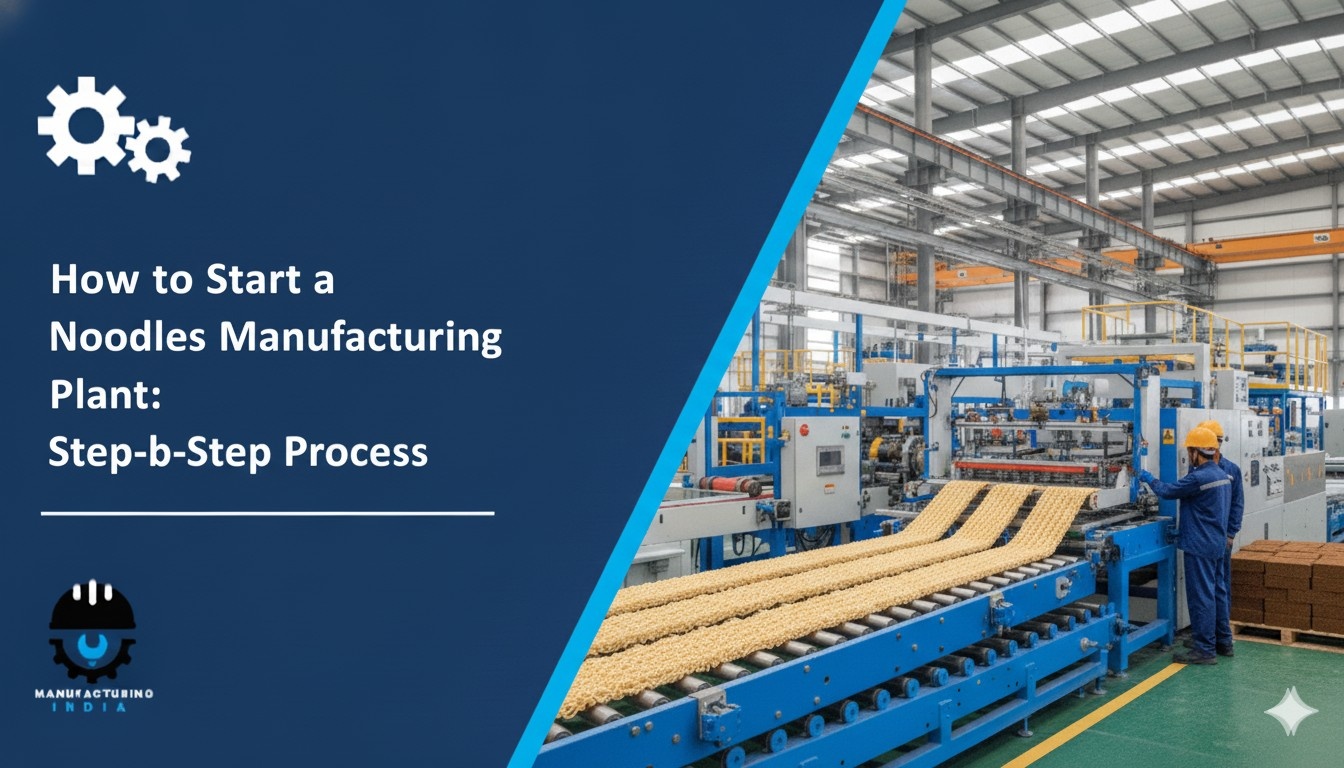
Introduction
Starting a noodles manufacturing plant is an excellent business opportunity given the growing demand for convenient food products. Noodles have become a staple food item across demographics, with consumption patterns showing steady growth in both urban and rural markets. This guide provides a comprehensive step-by-step breakdown of establishing a noodles manufacturing plant facility.
Market Overview
The noodles industry presents significant potential due to changing lifestyle patterns and increasing preference for quick-meal solutions. The market encompasses instant noodles, dried noodles, fresh noodles, and specialty variants including whole wheat, multigrain, and protein-enriched options. Understanding market dynamics and consumer preferences is essential before initiating the project.
Step-by-Step Process
Step 1: Conduct Feasibility Study and Market Research
Begin with thorough market research to understand demand patterns, competition, pricing strategies, and consumer preferences in your target market. Analyze existing players, identify market gaps, and determine your unique selling proposition. A comprehensive feasibility study should evaluate raw material availability, skilled labor accessibility, infrastructure requirements, and potential profitability. This foundational step guides all subsequent decisions.
Step 2: Prepare a Detailed Business Plan
Develop a comprehensive business plan outlining your production capacity, product range, target market segments, marketing strategies, and financial projections. The plan should include capital requirements, revenue forecasts, break-even analysis, and return on investment calculations. A well-structured business plan is essential for securing financing and maintaining strategic focus during implementation.
Step 3: Arrange Financing and Capital
Determine total capital requirements including fixed capital for land, building, and machinery, plus working capital for operations. Explore financing options such as bank loans, government schemes supporting food processing industries, private investors, or partnership arrangements. Prepare necessary documentation including project reports, business plans, and collateral documents for loan applications.
Step 4: Select Appropriate Location
Choose a location considering proximity to raw material sources, accessibility to target markets, availability of utilities including water and electricity, transportation connectivity, and compliance with zoning regulations. The site should accommodate production facilities, storage areas, administrative offices, and future expansion possibilities. Evaluate whether to purchase land or opt for leasing arrangements based on capital availability.
Step 5: Obtain Required Licenses and Registrations
Secure all mandatory licenses and permits including FSSAI license for food manufacturing, business registration and GST registration, factory license under Factories Act, trade license from local municipal authority, pollution clearance certificates, fire safety clearance, and labor law registrations. Engage legal consultants to ensure complete compliance with regulatory requirements and facilitate smooth approval processes.
Step 6: Design Plant Layout and Infrastructure
Plan an efficient plant layout ensuring smooth material flow from receiving to production to packaging to dispatch. Design should include raw material storage section, production area with proper ventilation, quality control laboratory, packaging section, finished goods warehouse, utilities room, administrative offices, and employee facilities. Ensure compliance with food safety standards, hygiene requirements, and safety regulations.
Step 7: Procure Machinery and Equipment
Invest in appropriate production machinery based on chosen production capacity and noodle types. Essential equipment includes flour mixing and blending system, dough preparation and kneading machine, sheet forming and rolling equipment, cutting and shaping mechanism, steaming or frying system depending on product type, drying equipment for non-instant varieties, cooling and aging system, seasoning and flavoring equipment, automatic packaging machines, and quality testing instruments. Consider machinery warranties, after-sales service, spare parts availability, and operator training when selecting suppliers.
Step 8: Set Up Utilities and Infrastructure
Install necessary utility systems including adequate electrical supply with backup power arrangements, water supply with filtration and softening systems, proper drainage and effluent treatment facilities, compressed air systems if required, steam generation equipment, adequate lighting throughout facility, ventilation and temperature control systems, and fire safety equipment. Ensure compliance with environmental and safety standards.
Step 9: Source Raw Materials and Packaging Materials
Establish reliable supply chains for key raw materials including wheat flour or specialty flours, edible oil or palm oil, salt and alkaline agents, preservatives and stabilizers, natural or artificial flavors, seasoning ingredients for instant varieties, and packaging materials including films, cartons, and labels. Negotiate favorable terms with multiple suppliers to ensure consistent quality and competitive pricing while maintaining buffer inventory.
Step 10: Recruit and Train Workforce
Hire qualified personnel including production manager, machine operators, quality control technicians, packaging staff, maintenance personnel, administrative staff, and sales and marketing team. Provide comprehensive training on food safety practices, equipment operation, quality standards, hygiene protocols, and safety procedures. Ensure compliance with labor regulations regarding wages, working hours, and employee welfare.
Step 11: Establish Quality Control Systems
Set up a quality control laboratory equipped with testing equipment for monitoring raw material quality, in-process quality parameters, and finished product specifications. Implement standard operating procedures for hygiene, sanitation, pest control, and quality assurance. Establish documentation systems for traceability, batch records, and quality reports. Regular audits and continuous improvement practices ensure consistent product quality.
Step 12: Develop Product Recipes and Conduct Trials
Formulate product recipes for different noodle variants considering taste preferences, nutritional requirements, shelf life expectations, and cost considerations. Conduct production trials to optimize processing parameters, validate equipment performance, assess quality consistency, and refine recipes based on sensory evaluation. Obtain feedback from potential customers before commercial launch.
Step 13: Create Brand Identity and Packaging Design
Develop a strong brand identity with distinctive brand name, attractive logo, compelling brand story, and consistent visual identity. Design appealing packaging that ensures product protection, provides necessary product information, attracts customer attention, and differentiates from competitors. Ensure compliance with food labeling regulations regarding nutritional information, ingredients list, and statutory declarations.
Step 14: Implement Production Processes
Commence production operations following established standard operating procedures. Monitor critical control points including mixing ratios, dough consistency, cooking time and temperature, moisture levels, packaging integrity, and hygiene standards. Maintain detailed production records, implement preventive maintenance schedules, and ensure consistent quality output.
Step 15: Establish Distribution Network
Build an effective distribution system through appointing distributors in different territories, establishing relationships with wholesalers and retailers, setting up direct supply arrangements with institutional buyers, creating online sales channels if applicable, and implementing efficient logistics and delivery systems. Provide adequate support to channel partners through training, promotional materials, and incentive schemes.
Step 16: Execute Marketing and Sales Strategy
Implement comprehensive marketing initiatives including promotional campaigns, product sampling programs, retailer incentives, participation in trade exhibitions, digital marketing activities, and consumer engagement programs. Focus on building brand awareness, encouraging trial purchases, and creating customer loyalty through consistent quality and value delivery.
Step 17: Monitor Operations and Financial Performance
Establish systems for continuous monitoring of production efficiency, quality metrics, inventory levels, sales performance, and financial indicators. Regular analysis helps identify improvement opportunities, address operational challenges, optimize resource utilization, and ensure profitability. Implement corrective actions promptly based on performance reviews.
Step 18: Ensure Regulatory Compliance and Certifications
Maintain ongoing compliance with all regulatory requirements through regular license renewals, quality audits, and environmental monitoring. Consider obtaining additional certifications such as ISO standards, HACCP certification, organic certifications if applicable, and export certifications if targeting international markets. These enhance credibility and open new market opportunities.
Step 19: Plan for Scaling and Expansion
Once operations stabilize and market acceptance is achieved, plan for growth through capacity expansion, product line extensions, geographic market expansion, technology upgrades for automation, and exploring export opportunities. Continuous innovation in products, processes, and packaging keeps the business competitive and responsive to evolving consumer preferences.
Key Success Factors
Success in noodles manufacturing depends on maintaining consistent product quality, competitive pricing strategies, strong distribution networks, effective brand building, operational efficiency, regulatory compliance, and customer satisfaction. Attention to hygiene and food safety is paramount. Building strong relationships with suppliers and distributors ensures business sustainability.
Challenges and Risk Mitigation
Common challenges include raw material price fluctuations, intense market competition, maintaining quality consistency, managing working capital, and adapting to changing consumer preferences. Mitigation strategies include maintaining diverse supplier base, continuous innovation, efficient inventory management, strong quality systems, and responsive marketing approaches.



